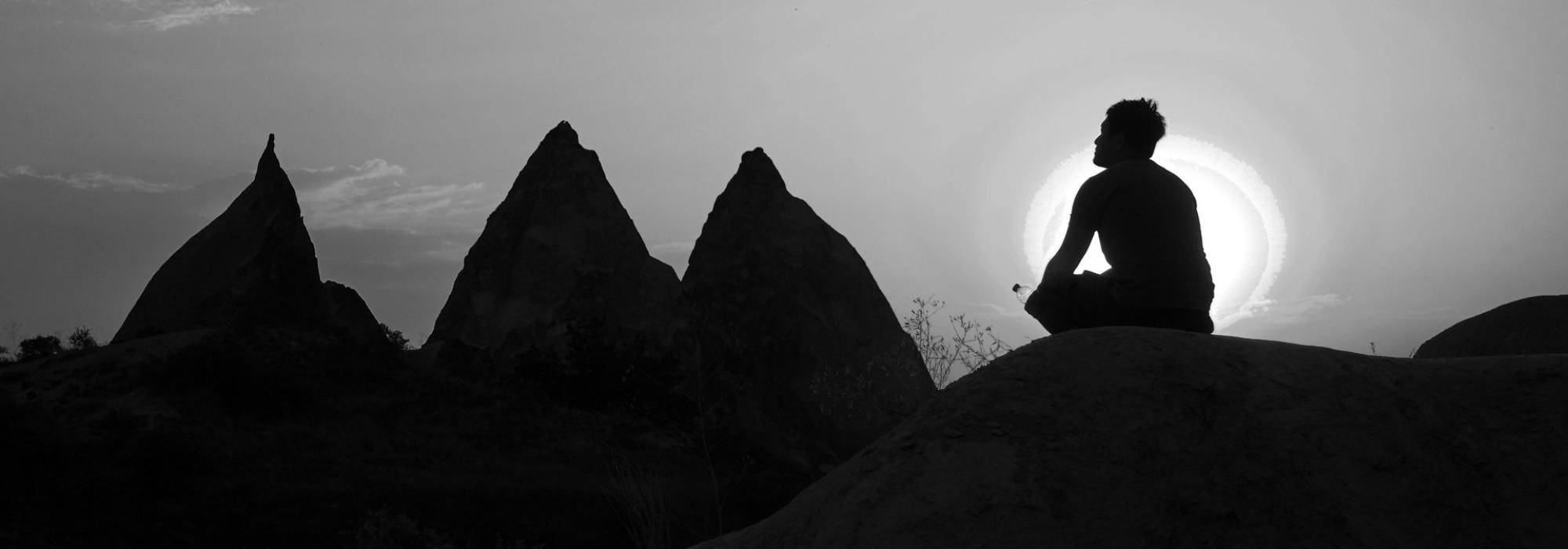Krishna gives a wonderful formula for peace in the Gita. He says that when a person overcomes desires, lives without craving, and is rid of ego and a sense of ownership, he attains peace (BG 2.71). But this is precisely what Krishna has done in his own life in order to attain peace.
He lived a life devoid of personal attainments, desires, or cravings. He never sought any material things nor did he chase power, position, or fame. He never fought to gain something. He never craved for kingdom or home or possessions. It happened to come to him. He never went behind any women; they came to him. For example, Krishna was invited to participate in Draupadi’s svayamvara. He attends it but doesn’t participate. He is definitely stronger than Arjuna or Karna but chooses to just observe the event. And when the time comes, he stands up for dharma (MB 1.177-81).
In the Bhagavata Purana, there is a beautiful episode (BP 10.56-57) that revolves around the shyamantakamani, a rare jewel with magical powers (possibly a ruby). The Yadava chieftain Satrajit possessed the shyamantakamani. Krishna went to him and asked for the jewel so that it may benefit the whole of humankind (which is possibly an illustration of his famous declaration in the Gita (BG 7.11) – I am the desire that doesn’t violate dharma).
Satrajit flatly refused. Krishna didn’t make a big deal out of it and returned home. He didn’t try to adopt any strategy to get it. He was capable of the most ingenious of strategies but he never misused his powers.
After that, the jewel went missing and Satrajit’s brother who had been wearing it was found dead. Krishna was accused of theft and murder. He immediately pronounced that he would not enter the city till he found the jewel. Then he conducted a thorough investigation like a detective and finally found that Jambavan had it. He recovered the jewel and handed it back to Satrajit. He was least bothered by its value – he just returned it to its rightful owner.
Much later, Akrura got hold of the shyamantakamani. But most people, including Balarama, had a feeling that Krishna had it. To set the record straight, Krishna went to Akrura and asked him to show it to the world.
In so many instances we find that Krishna is the kind of person who just wants the work to be done. He doesn’t care if it was he who did it or someone else. He is truly one who has renounced the pleasant and the unpleasant (as he says in BG 12.17). He lives his life by the very description he gives in the Gita of a devotee – his peace is not shaken by anyone and he is at peace with everyone (BG 12.15).
In the Mahabharata, even before the peace talks begin, Krishna calls for a scheme where both the Pandavas and Kauravas can live in harmony. He says that both of them should live with dharma and goodness. (MB 5.1). Even though the Kauravas are in the wrong, Krishna starts the peace process (MB 5.2). Krishna says that after all Pandavas and Kauravas are related; why should there be bloodshed on either side. He asks Drupada to preside over the meeting (MB 5.5).
During the peace mission, Krishna stays in Vidura’s house and they have a long chat till late in the night. During the course of their discussion Krishna tells Vidura that he truly wants peace. He says, “If one has the power to do something good, he should use that power. I will try my best to ensure peace. That way, I will get the satisfaction of having done a good deed and the Kauravas will be spared” (MB 5.90-91).
To be continued...
















































